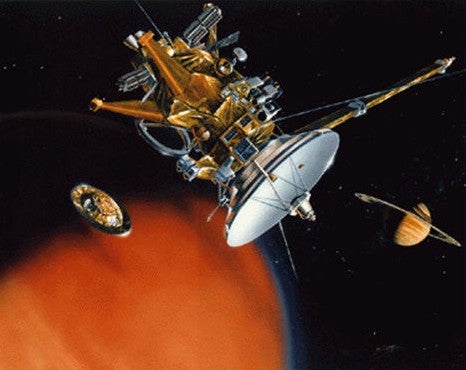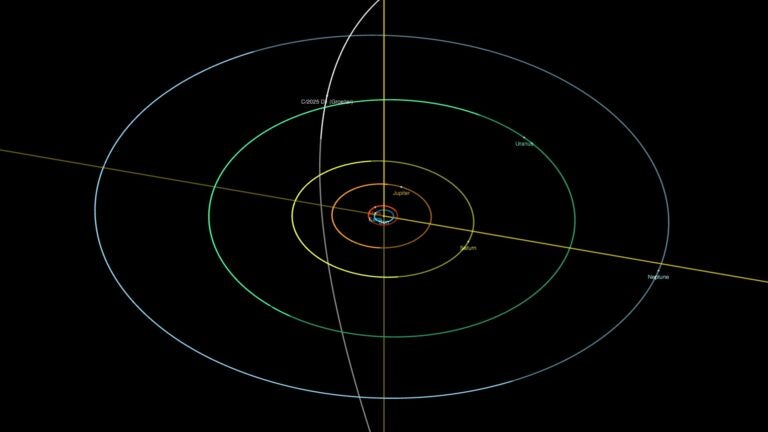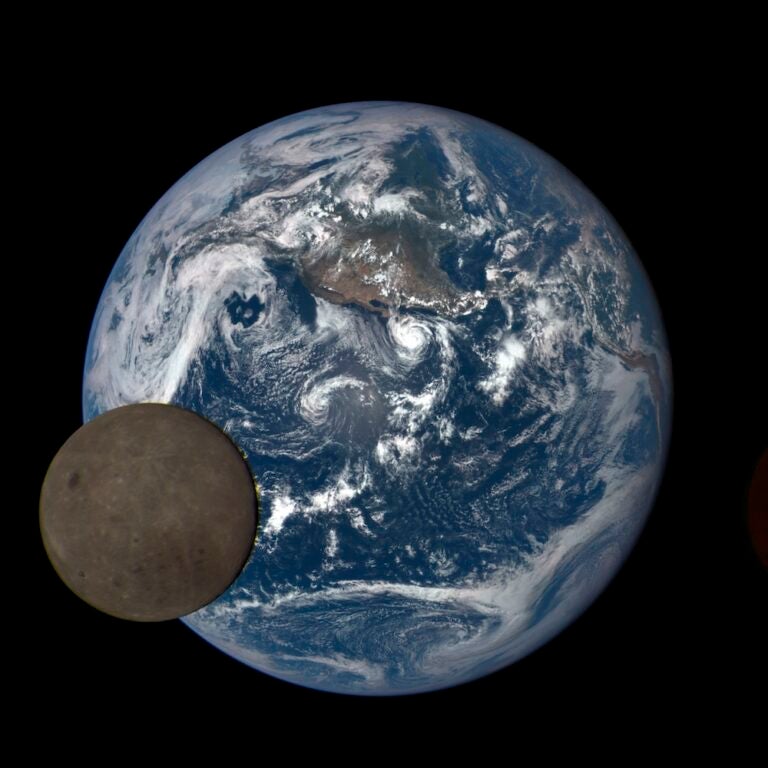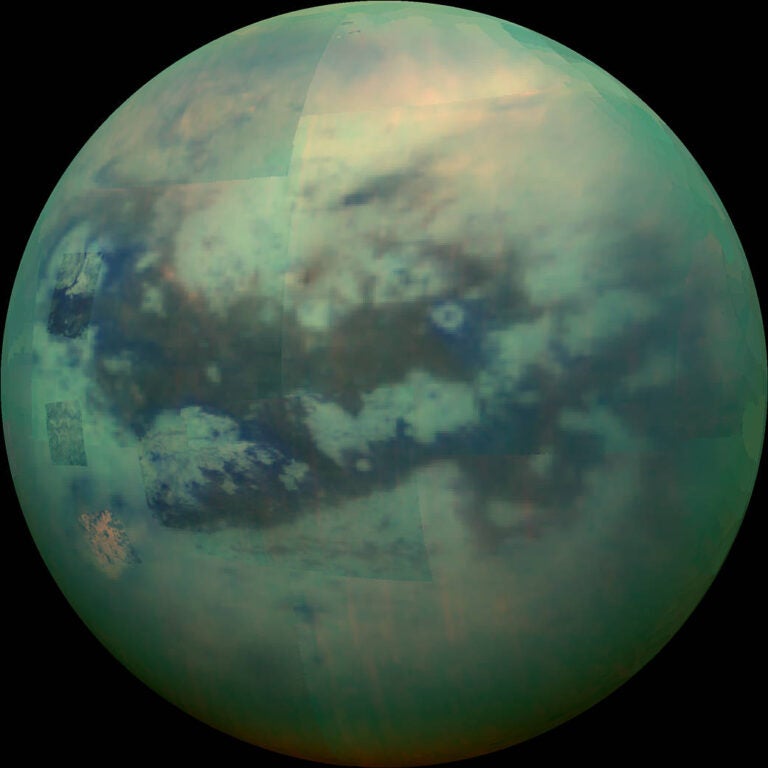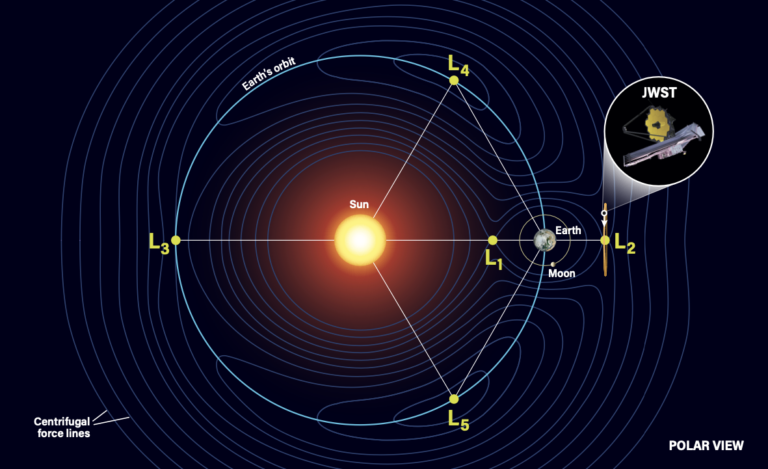December 24, 2004
At 9:08 P.M. EST December 24, NASA’s Cassini spacecraft launched the European Space Agency’s Huygens probe on the final leg of its 7-year, 2.25-billion-mile journey. Cassini has been orbiting Saturn for the past 6 months, sending back marvelous photographs and other data about the planet, its rings, and its family of moons. Until now, Huygens had yet to do anything. Its sole purpose is to dive through the thick, hazy atmosphere of Saturn’s giant moon, Titan. If the mission is a success, scientists will get their first close look at this enigmatic moon’s atmosphere and surface.
At 9:08 P.M. EST December 24, NASA’s Cassini spacecraft launched the European Space Agency’s Huygens probe on the final leg of its 7-year, 2.25-billion-mile journey. Cassini has been orbiting Saturn for the past 6 months, sending back marvelous photographs and other data about the planet, its rings, and its family of moons. Until now, Huygens had yet to do anything. Its sole purpose is to dive through the thick, hazy atmosphere of Saturn’s giant moon, Titan. If the mission is a success, scientists will get their first close look at this enigmatic moon’s atmosphere and surface.
This artistic concept shows the Cassini spacecraft releasing the Huygens probe into the atmosphere of Saturn’s largest moon, Titan.
NASA / JPL
Huygens pulled away from Cassini at less than 1 mile per hour. The separation maneuver also imparted a spin of seven revolutions per minute to Huygens to ensure its stability on the 3-week journey to Titan. The only instrument on Huygens that will operate during this coast phase is a system of alarm clocks designed to wake the spacecraft a few hours before it hits the fringe of Titan’s atmosphere the morning of January 14.
When Huygens reaches Titan, instruments will study the atmosphere’s temperature, pressure, density, wind speed, and composition during an expected 2.5-hour-long descent. Shortly before Huygens reaches Titan’s surface, a camera will photograph the area around the landing site. Huygens should hit the surface at about 10 miles per hour and could survive for half an hour before its battery dies. A suite of instruments will determine the physical properties of the surface — whether the probe lands on solid ground or in a hydrocarbon lake.
Related articles
![]() The year in astronomy: a deeper look
The year in astronomy: a deeper look
![]() September 2004 astro bytes
September 2004 astro bytes
![]() A “totally alien” world
A “totally alien” world
![]() Titan in a test tube
Titan in a test tube

